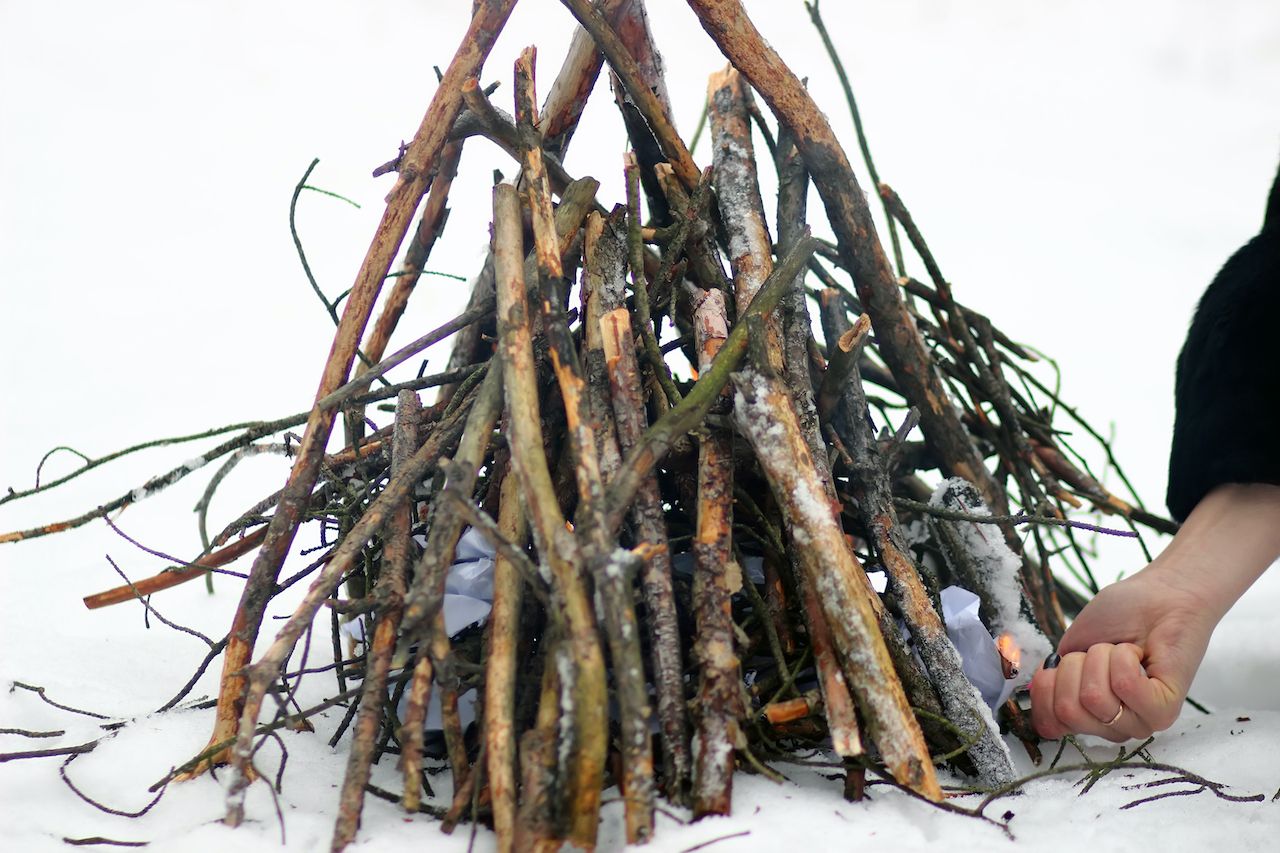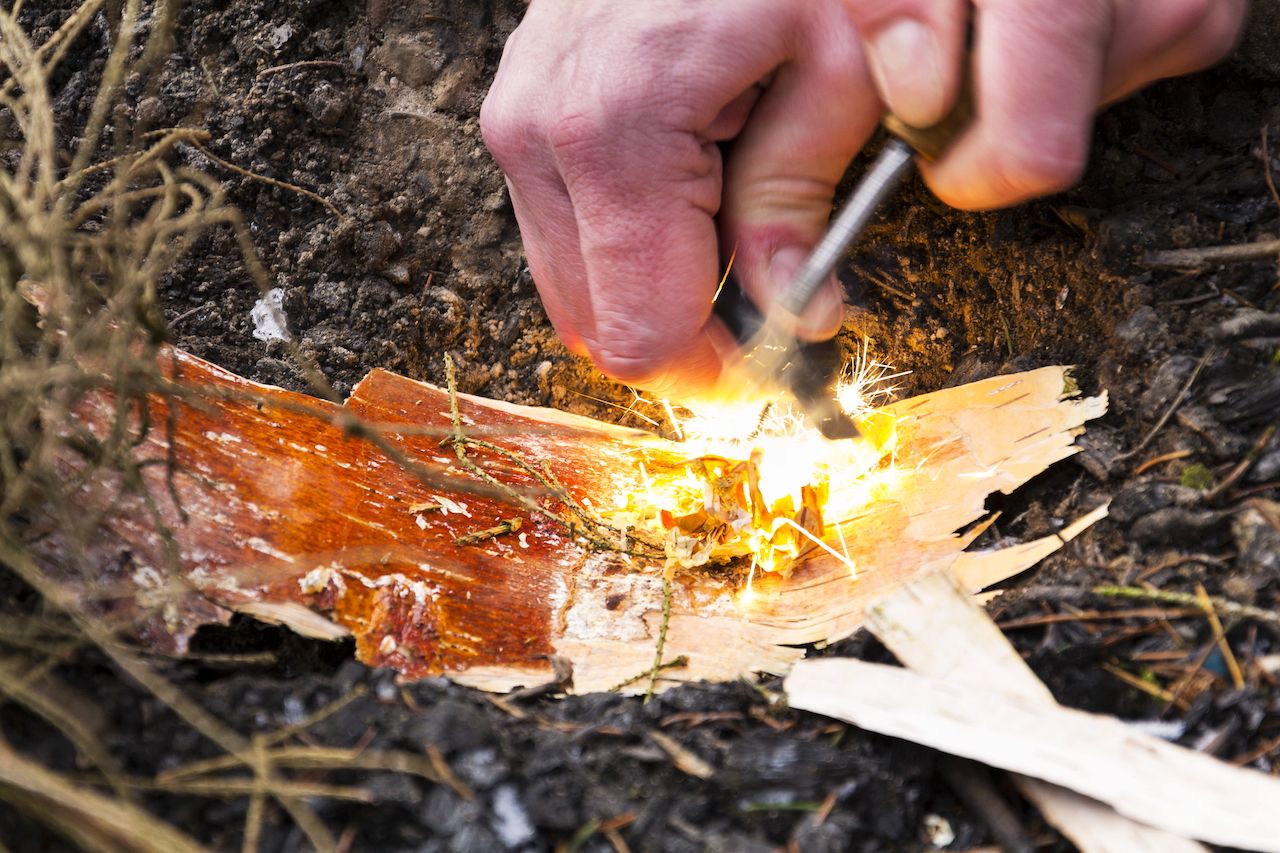Gathering around a fire is one of the most cherished camping rituals. But before anyone can pull out the marshmallows, someone has to build the fire — and it feels like just about everyone has their own way of getting a fire started.
Some methods are quick and painless, others fruitless and frustrating. The best are tailored to your situation. Regardless of the method, though, the first consideration should be safety, because there are times when you should forego the fire entirely.



